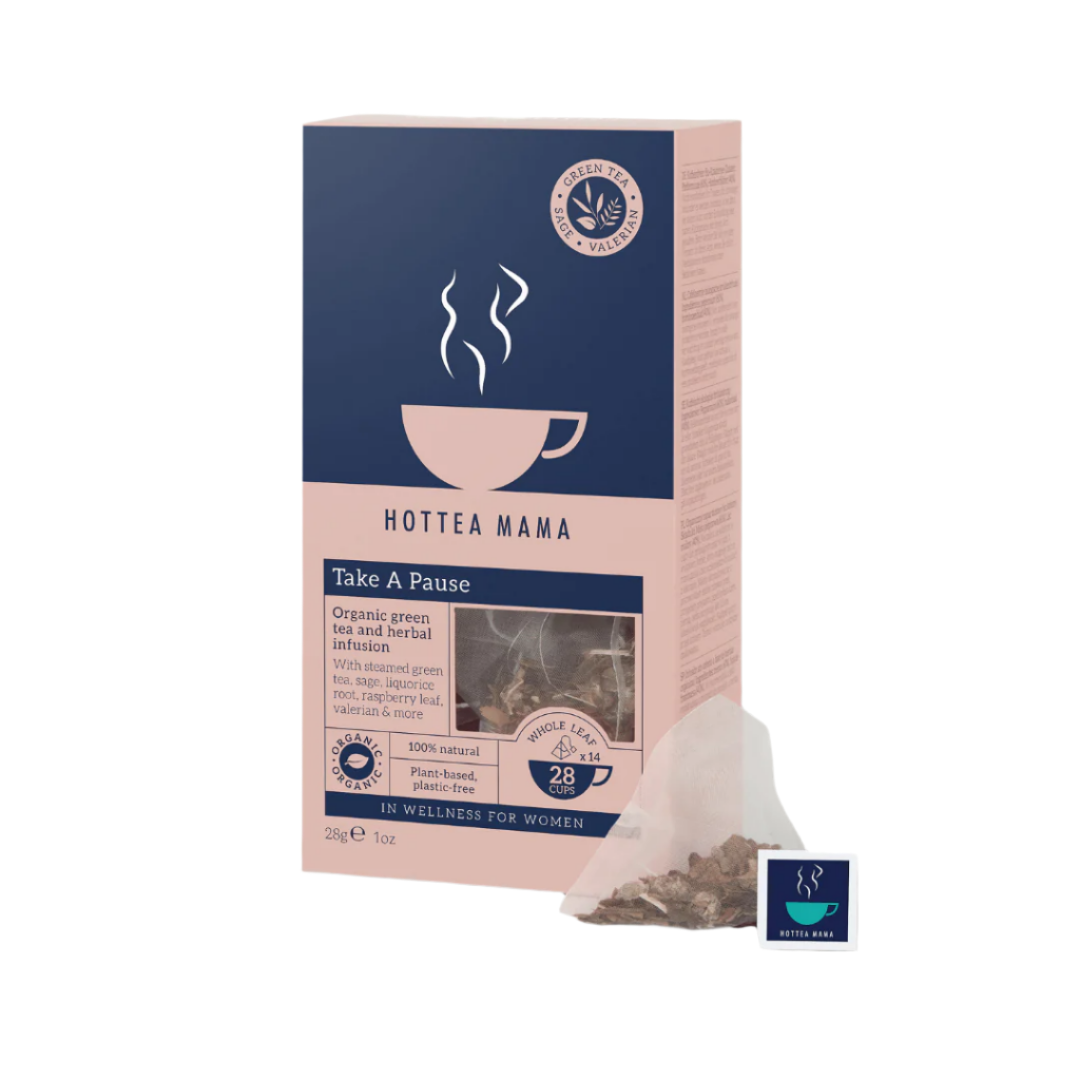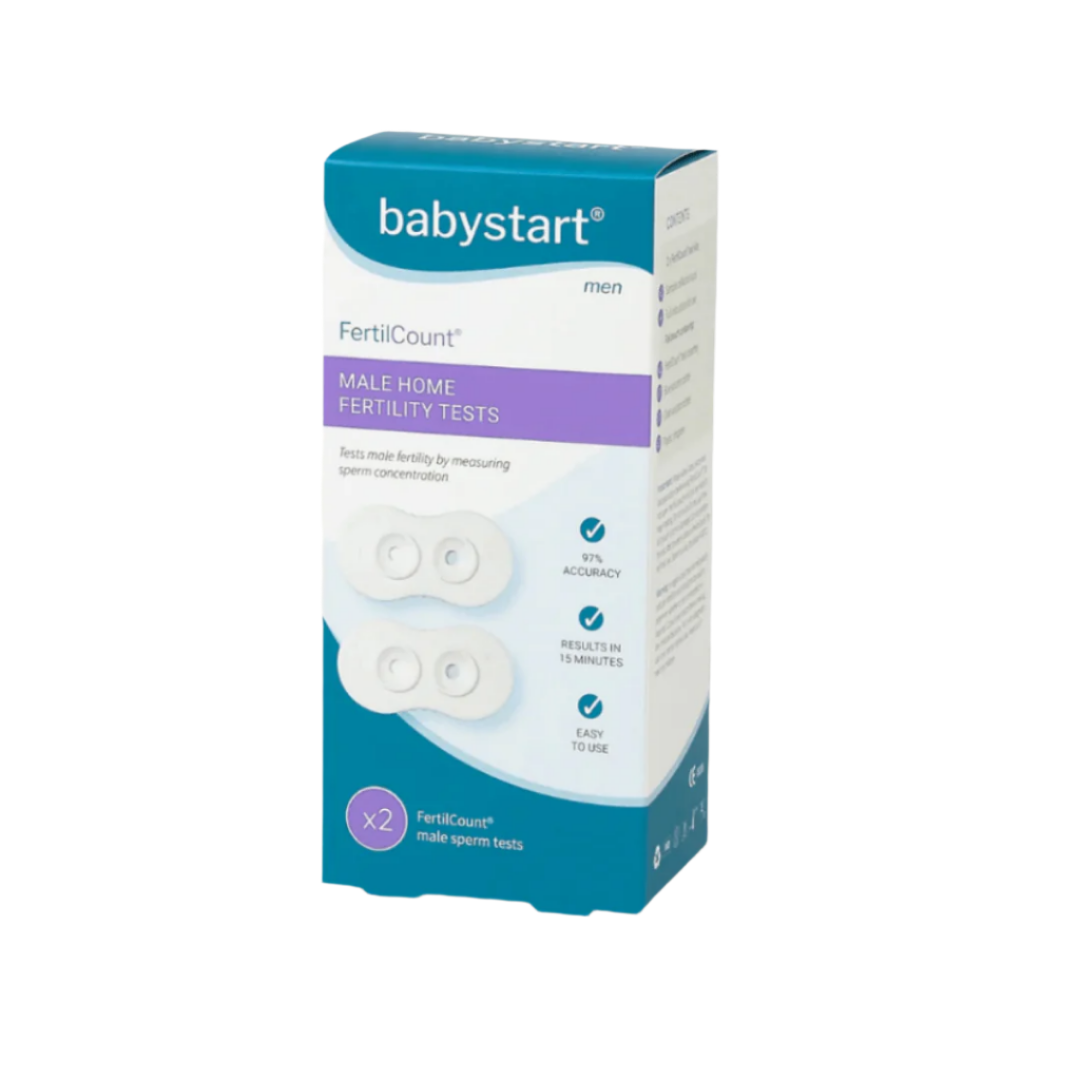For many people, reproductive health conditions like polycystic ovary syndrome (PCOS) and endometriosis don’t just affect fertility—they impact daily life. From unpredictable cycles to painful symptoms, these conditions can feel like they’re running the show.
That’s why using cycle tracking to manage conditions like PCOS and endometriosis is such a powerful tool. It’s not just about fertility awareness. It’s about gaining knowledge, spotting patterns, and having real data you can use to take back some control. And with Tempdrop, the process becomes simpler, more accurate, and more reliable than traditional methods.
Why using cycle tracking to manage conditions like PCOS and endometriosis matters
Both PCOS and endometriosis can make cycles irregular, painful, or difficult to understand. Doctors often say “keep a cycle diary” — but when your periods don’t follow a predictable pattern, that advice can feel frustrating.
By using cycle tracking to manage conditions like PCOS and endometriosis , you get more than just a diary. You get:
Insight into whether ovulation is happening
Data on how long your cycles really are
Patterns between hormone shifts and symptom flare-ups
A clearer way to advocate for yourself with healthcare providers
This kind of information can make all the difference in day-to-day management and long-term treatment plans.
How Tempdrop Makes Cycle Tracking Easier
Traditional basal body temperature (BBT) tracking requires you to wake up at the same time every morning, take your temperature, and log it. For people with disrupted sleep or unpredictable schedules, this is nearly impossible.
Tempdrop changes the game. You wear it on your arm overnight, and it automatically records your temperature while you sleep. The app filters out “noise” from restless nights and gives you a reliable chart of your cycle.
For anyone using cycle tracking to manage conditions like PCOS and endometriosis , this means:
Less stress and fewer missed readings
Accurate confirmation of ovulation (when it happens)
Data you can actually trust, even with irregular cycles
Managing PCOS with Cycle Tracking
Polycystic ovary syndrome is one of the most common causes of irregular ovulation. Some cycles may be anovulatory, while others are delayed or unpredictable. This can make it hard to know when (or if) you’re fertile and to understand how your body is working.
By using cycle tracking to manage conditions like PCOS and endometriosis , you can:
Confirm whether ovulation is occurring in a given cycle
Track how long your luteal phase lasts when ovulation happens
Identify trends that might otherwise be invisible (like recurring long cycles)
With Tempdrop, you don’t have to guess whether a bleed is a true period or just breakthrough bleeding. Temperature data helps you see whether ovulation actually occurred. That clarity is invaluable for anyone navigating PCOS.

Managing Endometriosis with Cycle Tracking
Endometriosis isn’t just about painful periods—it often brings fatigue, digestive issues, and inflammation that can flare at different points in the cycle. Without tracking, it can feel random and overwhelming.
By using cycle tracking to manage conditions like PCOS and endometriosis , you can start connecting symptoms with hormonal phases. For example:
Pain flares may intensify during the luteal phase
Fatigue may peak around ovulation
Digestive changes may line up with menstrual bleeding
Tempdrop helps confirm where you are in your cycle, so you can connect your lived experience with real hormonal shifts. That awareness makes it easier to prepare, adjust routines, and advocate for better support.
Turn Data into Advocacy
Healthcare appointments for PCOS or endometriosis are often short, and it can be hard to explain the complexity of your symptoms in a 10-minute slot. By using cycle tracking to manage conditions like PCOS and endometriosis , you bring evidence.
With Tempdrop data, you can show your doctor:
How often ovulation is (or isn’t) happening
Cycle lengths across several months
Symptom patterns tied to hormonal changes
This makes conversations more productive and can speed up diagnosis, treatment, or referrals.
Emotional Benefits of Tracking
Living with PCOS or endometriosis can feel unpredictable and sometimes isolating. One of the overlooked benefits of using cycle tracking to manage conditions like PCOS and endometriosis is the emotional reassurance it provides.
Instead of feeling like your body is working against you, you begin to see patterns and explanations. That knowledge doesn’t erase the challenges, but it can reduce anxiety and increase confidence. With Tempdrop, the process feels less like a chore and more like a supportive routine.
Practical Tips for Getting Started
If you’re considering using cycle tracking to manage conditions like PCOS and endometriosis, here are some tips:
Be consistent – Wear your Tempdrop every night for the best results.
Log symptoms – Use the app notes to connect physical changes with cycle phases.
Be patient – Irregular cycles may take months to reveal useful patterns.
Combine tools – Track cervical mucus, bleeding, and lifestyle factors alongside Tempdrop data.
Share results – Bring your charts to appointments to strengthen conversations with healthcare professionals.
Clarity and Care for PCOS Awareness Month
This PCOS Awareness Month, we’re bringing together two ways to support your body: cycle tracking that reveals your rhythm and nourishment that works from within. By combining Tempdrop and MyOva, we hope to offer both clarity and care - add both Tempdrop and the myOva supplement of your choice to your basket, head to the checkout and 20% off will be applied.
The Bottom Line
Conditions like PCOS and endometriosis can make cycles feel like a mystery. But by using cycle tracking to manage conditions like PCOS and endometriosis , you gain insight, clarity, and confidence.
With Tempdrop, the process becomes easier and more reliable, even if your cycles are irregular or symptoms unpredictable. It’s not just about fertility—it’s about understanding your body, improving communication with doctors, and making empowered decisions about your health.
Because when it comes to chronic conditions, knowledge really is power—and Tempdrop helps put that power back in your hands.










